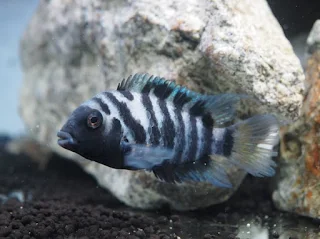
Color representation of the mixture and genetic structure in the Basque Country; the green symbolizing the Basques, and the blue and red blends it with the surrounding populations.
Credit: André Flores-Bello.
Isolated populations can either stay completely isolated and so gradually diverge from other populations of the same species by a combination of natural selection and genetic drift, or they can continue to exchange DNA with other neighbouring groups and so eventually merge and disappear as genetically distinct populations.
This true for all species, whether birds, mammals, reptiles or insects or, as in the case of the Basque people of Northeast Spain and Southwest France, humans.
A study by a mixed team from Spain and France, led by David Comas of the Departament de Ciències de la Salut i de la Vida, Institut de Biologia Evolutiva (CSIC-UPF), Universitat Pompeu Fabra, Barcelona, Spain has shown how the Basque people have retained genetic continuity with their Iron Age ancestors and have resisted genetic mixing with their neighbours, by a combination of linguistic, cultural and geographical barriers to gene flow.
As the news item from Universitat Pompeu Fabra, Barcelona, auto-translated from Catalan, explains:









































